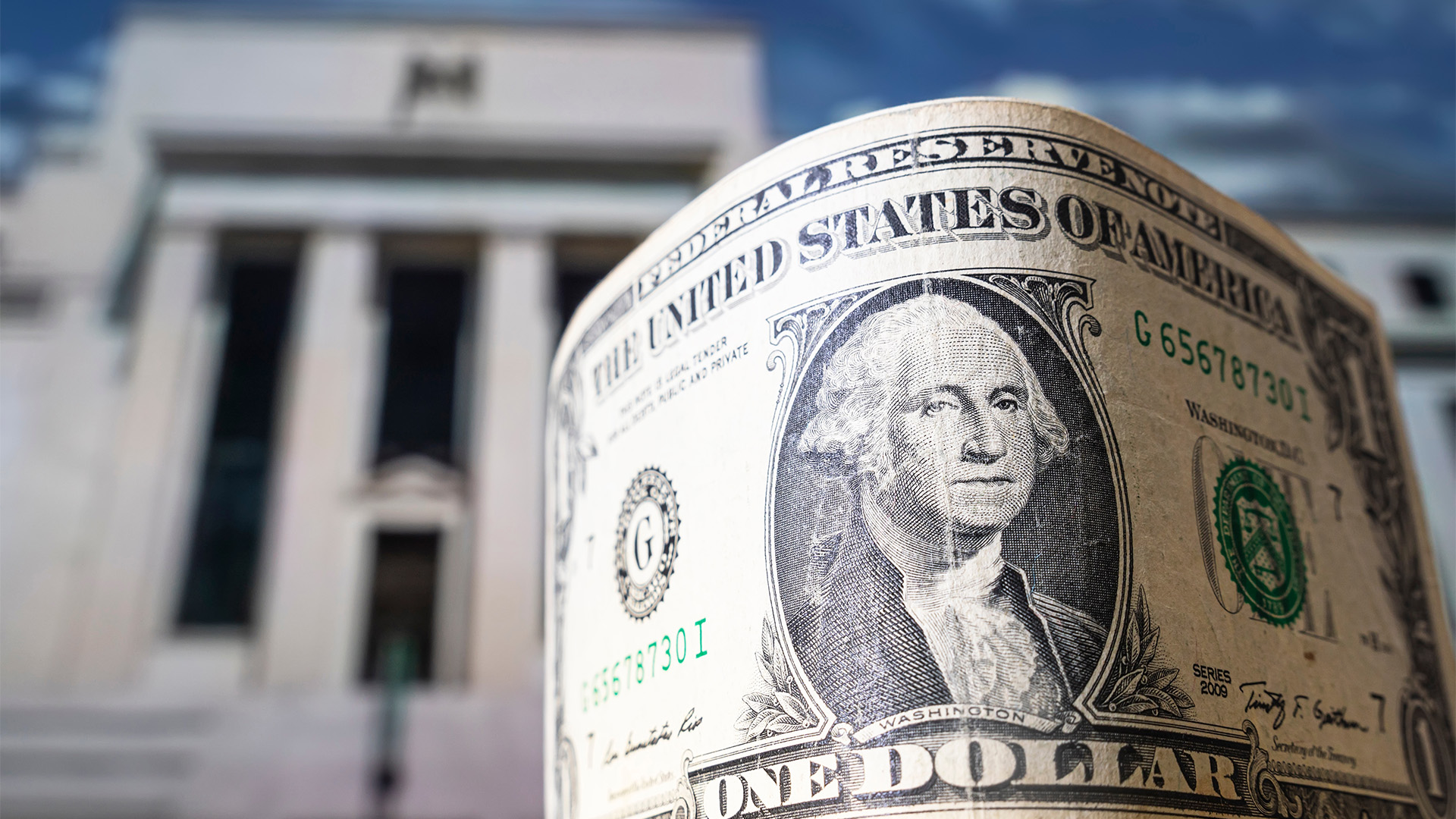Heading into the final (holiday interrupted) week of November and investors are still persisting with the idea that the Fed’s pivot is alive and well – despite the myriad of contrary comments last week from some of the central bank’s most senior officials.
Up to last Friday the MSCI World Index was up 15% from its October 13 low, while the MSCI Asia ex-Japan index is up 15% in the last four weeks and heading for its best month since May, 2009.
That the Asian index has done this in the face of a surge in Covid cases and lockdowns and restrictions in China is testimony to the belief of markets that the greenback is heading for a fall.
China reported its first death for six months at the weekend and revealed another 20,000-plus cases yesterday, with most asymptomatic.
Beijing reported more than 500 new cases and Reuters said that areas of the capital were reporting restrictions on movement, with entertainment venues shut and residents told to step up their testing regimes.
According to the Dollar Index (which measures the greenback against a basket of major rivals) the US dollar is down around 6% from its all-time peak of just over 114.7 in in late September.
The Aussie dollar has lifted by more than 4% from its lows of just under 62 US cents to around 66 US cents overnight Monday.
Reserve Bank governor Philip Lowe is due to make a major speech on inflation and prosperity in Melbourne Tuesday night.
The ASX 200 is up 10% from its most recent low of 6,462 in late September and the S&P 500 is still up more than 13% from its most recent low in late September.
The ASX 200 eased 12.5 points on Monday after a solid start, it just fell away.
The fed’s policy stance and the fears about a resurgent greenback are now re-emerging.
With that in mind, major banks are starting to publish their 2023 outlooks, and forex analysts at HSBC and Morgan Stanley are among those who reckon that the dollar is peaking and will weaken into 2023.
Japan and China – whose currencies have been big losers against the greenback (the yuan is down more than 10% this year and the yen over 20%).
With the Reserve Bank of NZ and the Bank of Korea leading the way on monetary policy tightening – both are tipped to bring in another rise of 0.50% in their market rates which will mostly keep them in the game as the market tries to make up its mind about the Fed and the value of the greenback,
Recent commentary from Fed officials has been flat out hawkish and it would not be a surprise if the dollar were to resume its 2022 rally into the year end, especially with Fed chair Jay Powell scheduled to make a major speech on November 2, just two days before the central bank closes off comments from officials ahead of the two-day December meeting a fortnight or so later.
A hardline monetary policy would not be unexpected but perhaps there should be a nod to the underlying weaknesses in the nominally strong 1.3% rise in retail sales.
As we pointed out last week, US consumers are running down their savings and boosting credit purchases at a rate not seen for 20 years in October.
While many of the key measures looked solid – and were – there are a couple that looked quite weak after accounting for the still too high rate of inflation.
Moody’s economists wrote at the weekend “Economic fundamentals do not support a continued rise in retail spending even in nominal US dollar terms. Inflation is eroding consumers’ wherewithal and lower-income consumers are reducing spending on discretionary items and trading down to cheaper alternatives.”
“In a cooling demand environment, it will become increasingly difficult for retailers to increase prices, particularly on top of prior price hikes.
“Consequently, in addition to slashing prices to move inventory where demand is softening, we expect cost cutting to be prioritized over price increases to prevent excessive profit margin compression. Overall conditions will add to slowing inflation momentum in the months ahead.”
High interest rates, slower economic growth, diminishing saving buffers and less certain job prospects will also weigh on consumer spending in the months ahead. The 0.1% month-to-month decline in October industrial production confirms that real economic activity is slowing amid gradually weakening goods demand.”
Other US economists wonder which will break first – the still strong jobs market and high levels of vacancies or consumer spending. The value of the US dollar will be influenced by that equation heading through 2023, not interest rates.
If both break around the same time, then the Fed’s rate policy will move to the forefront with pressure mounting for a real pivot to lower rates, not smaller and slowing rate rises.













